For many spectroscopic applications, proper sample needs more than a single fiber optic patch cord. Fiber optic bundles are required in cases where various samples have to be measured simultaneously or where improved signal to noise ratio (as in the case of weak signals) is required. The advantages and disadvantages of some common fiber optic bundle configurations are discussed in this article.
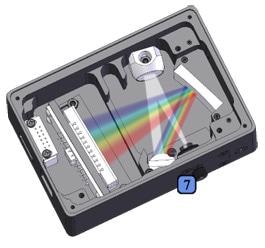
Fiber Optic Bundles
Any fiber optic assembly that consists of more than one fiber optic in a single cable is defined as a fiber optic bundle. A bifurcated fiber assembly is the most common example of a fiber optic bundle. A bifurcated fiber assembly is used to either combine signals or to split a signal. An example of a typical bifurcated fiber assembly is shown in Figure 1.
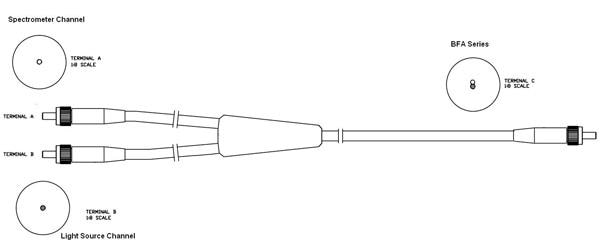
Figure 1. Example of a Bifurcated Fiber Assembly
In some of the most common applications for bifurcated fiber assemblies, light is directed from a sample into two different spectrometers. Typically, this is done to extend the spectral coverage of the measurement, either to cover an extended range or to maintain higher resolution.
For instance, if a broadband measurement from 350 to 1700 nm needs to be made, both a Si and an InGaAs detector array must be used. A simultaneous measurement can be made using a bifurcated fiber assembly with one NIR fiber and one UV fiber to direct light into each spectrometer. An example spectrum of this type of measurement is shown in Figure 2.
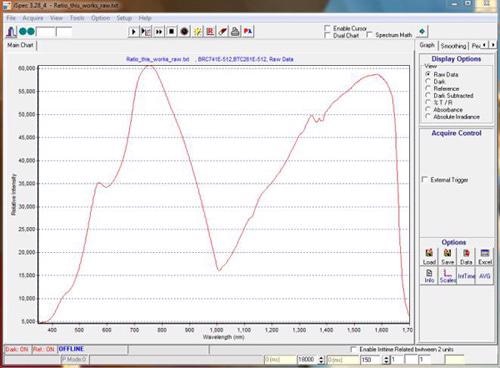
Figure 2. Spectrum of a Tungsten Halogen Lamp from 350 – 1700 nm
The signal from multiple samples can also be coupled into the same spectrometer using a bifurcated fiber. Only one sample can emit light at a time when a bifurcated fiber is used in this fashion, or additional care must be taken to ensure that the signals do not have spectral overlap.
The same basic applications and principal can also be scaled up to trifurcated and quadfurcated fiber assemblies. Figure 3 shows an example of a trifurcated fiber assembly.
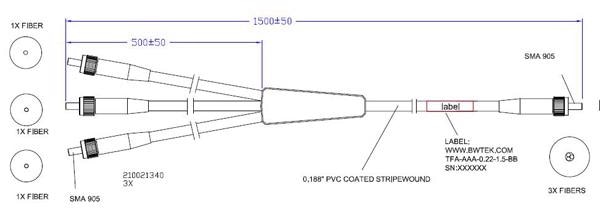
Figure 3. Trifurcated Fiber Assembly
A “round to slit” configuration is another common bundled fiber optic assembly. There are multiple small core fibers (typically 100 µm) in this configuration that are put into one fiber assembly with fibers stacked linearly on top of each other in one end and bundled tightly in a circular fashion on the other end.
As can be seen in Figure 4, the end where the fibers are stacked linearly on top of one another form a pattern to match the entrance slit of the spectrometer.
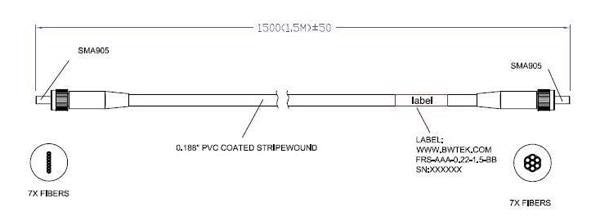
Figure 4. “Round to Slit” Fiber Optic Bundle
Instead of simply using a larger core fiber, this configuration enables much higher throughput into the spectrometer. As can be seen in Figure 5, when a large core fiber is placed in front of the entrance slit of a spectrometer, most of the light is vignetted and does not enter the spectrometer.
In contrast, more light enters into the spectrometer when the smaller fibers are stacked along the entrance slit. As the slit can remain relatively narrow, this enables much higher signal to noise and sensitivity, while also maintaining resolution.
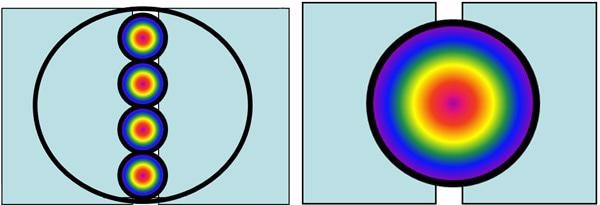
Figure 5. Comparison of Stacked Fiber to Single Large Core Fiber
It is important to remember two important details while using a fiber optic assembly with a slit configuration. First, to obtain any benefit from the fiber stacking, a cylindrical lens must be used to prevent most of the light to be imaged above and below the detector.
Second, it is essential to properly align the fiber stack to the entrance slit of the spectrometer. This can be done by shining light into the round end of the assembly and observing the signal as the fiber is rotated in the SMA905 connection port. The fiber can be screwed down to lock the position when the peak signal is achieved.
This type of fiber optic assembly is used in NIR transmission spectroscopy, where there are very few photons and photon energy is very low. Figure 6 shows an example of a transmittance setup.
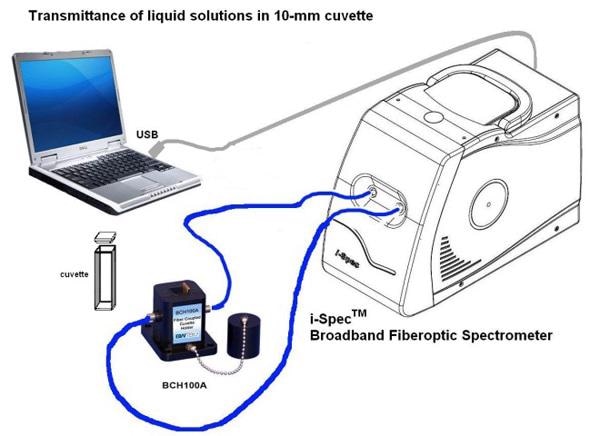
Figure 6. Example Transmittance Setup Utilizing a “Round to Slit” Fiber Bundle
Conclusion
There are countless options available to suit any application, by combining various combinations of round, single, and stacked configurations with regular, bifurcated, trifurcated, and quadfurcated fiber assemblies. ‘An Introduction to a Spectrometer: Fiber Optic Probes’ describes how fiber bundles can be combined with other various opto-mechanical components to create more specific applications.

This information has been sourced, reviewed and adapted from materials provided by B&W Tek.
For more information on this source, please visit B&W Tek.